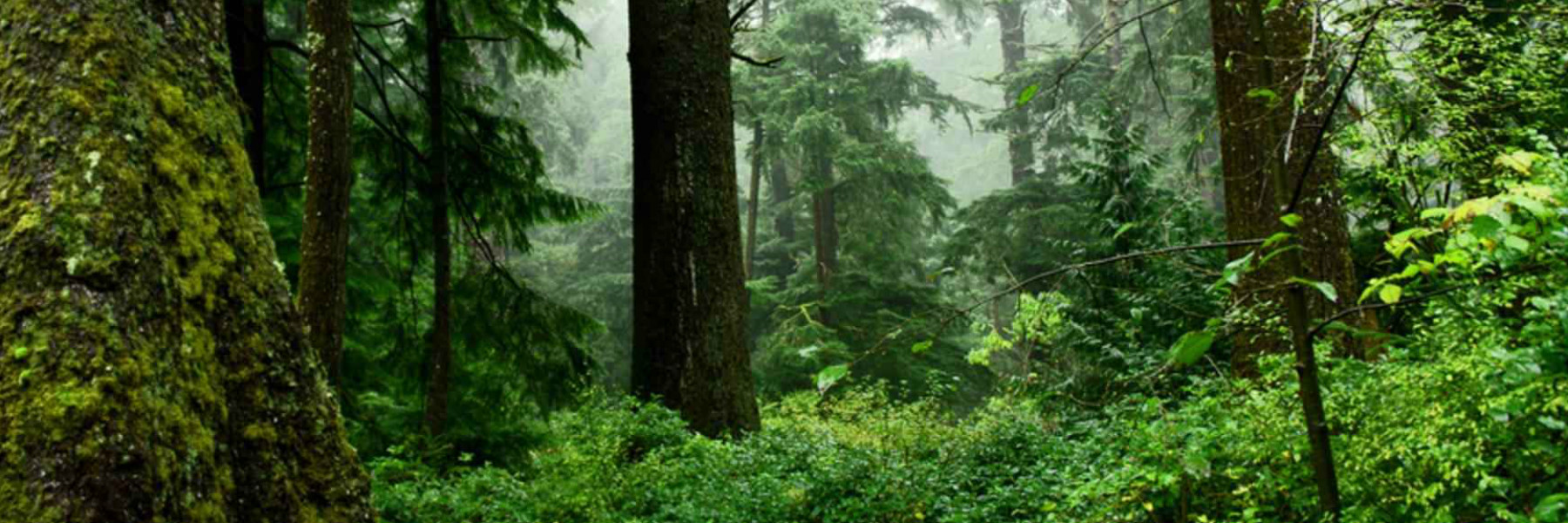When it comes to privacy and our family tree, most of us are pretty cautious. After all, it’s our roots that we’re dealing with here—stealing genealogy sometimes feels like identity theft. That’s why Ancestry.com has put in several privacy measures with the online family tree system. Regardless of which privacy option you choose, Ancestry.com has got your genealogy roots covered. But of course, some choices are more privacy-sensitive than others.
Public Family Tree
This is the default option. In other words, if you don’t specifically choose a different privacy option, your family tree is public. This means that all dead individuals in your family tree can be viewed by users with an Ancestry.com subscription if they find your tree looking for one of their ancestors in an online ancestry search. However, Ancestry.com wants to guard your privacy even in these cases, so all living persons in your family tree will never be visible. Instead, it will just say Living instead of a name. How does online genealogy software know if someone is deceased or not to make sure your privacy is guarded? The family tree program checks to see if there is a birth date and a death date. If there is no death date but the birth date is within the last 100 years, Ancestry.com automatically assumes the person is living. If there is no birth date or death date, Ancestry.com automatically assumes the person is deceased, so if you know the individual is still alive, enter a guess at the birth date to make sure they don’t appear in your public family tree. There is this privacy caution, however: with a public family tree, any genealogy information and media (like photos) are available to others in an ancestry search, so if you don’t want other people to take it and put it in their family tree, don’t make your tree public.
Private Family Tree
This privacy option ensures that no one can view your family tree or its genealogy information about your roots without your permission. If someone is performing an ancestry search and discovers that the ancestor they’re looking for is also in your family tree, they will be able to see that your family tree exists and that the person they’re already looking for is in your tree, but they won’t be able to see any additional genealogy information. Instead, they’ll be given the option to contact you so you can compare genealogy notes. Of course, you don’t have to share anything about your roots even if they do contact you.
Unsearchable Private Family Tree
This privacy option is the same as the above. The difference is that when others are investigating their roots and perform an ancestry search for an ancestor that is also in your family tree, your tree won’t even appear. As far as everyone else is concerned, this privacy option makes your family tree disappear.
How to Change the Privacy Settings
You can instantaneously change your family tree from public and private at any time. The ancestry search index is only modified every few weeks though, so if you want to take your tree out of the ancestry search index, it’s best to do it sooner than later. See the video below for instructions on how to change the privacy settings.
![]() Click on the full screen button to watch the video using your entire computer screen. You can also double-click the video to watch it full screen.
Click on the full screen button to watch the video using your entire computer screen. You can also double-click the video to watch it full screen.
